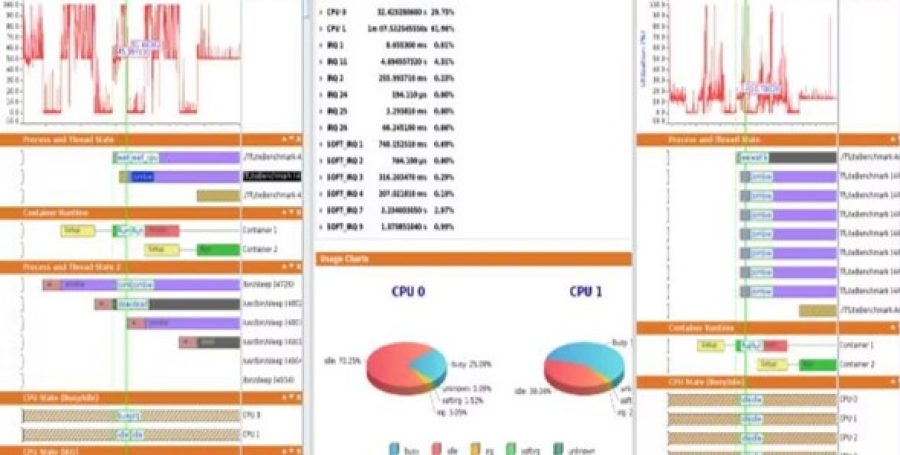High performance prototyping for software verification
Veloce proFPGA CS delivers exceptional performance for software prototyping, making it ideal for verifying complex software and validating hardware/software integration.
Designed with flexibility in mind, it scales effortlessly from a single FPGA setup to multi-blade configurations—perfect for handling even the largest designs. And with its cost-effective architecture, it’s a smart choice for teams looking to accelerate development without compromising on capability.



